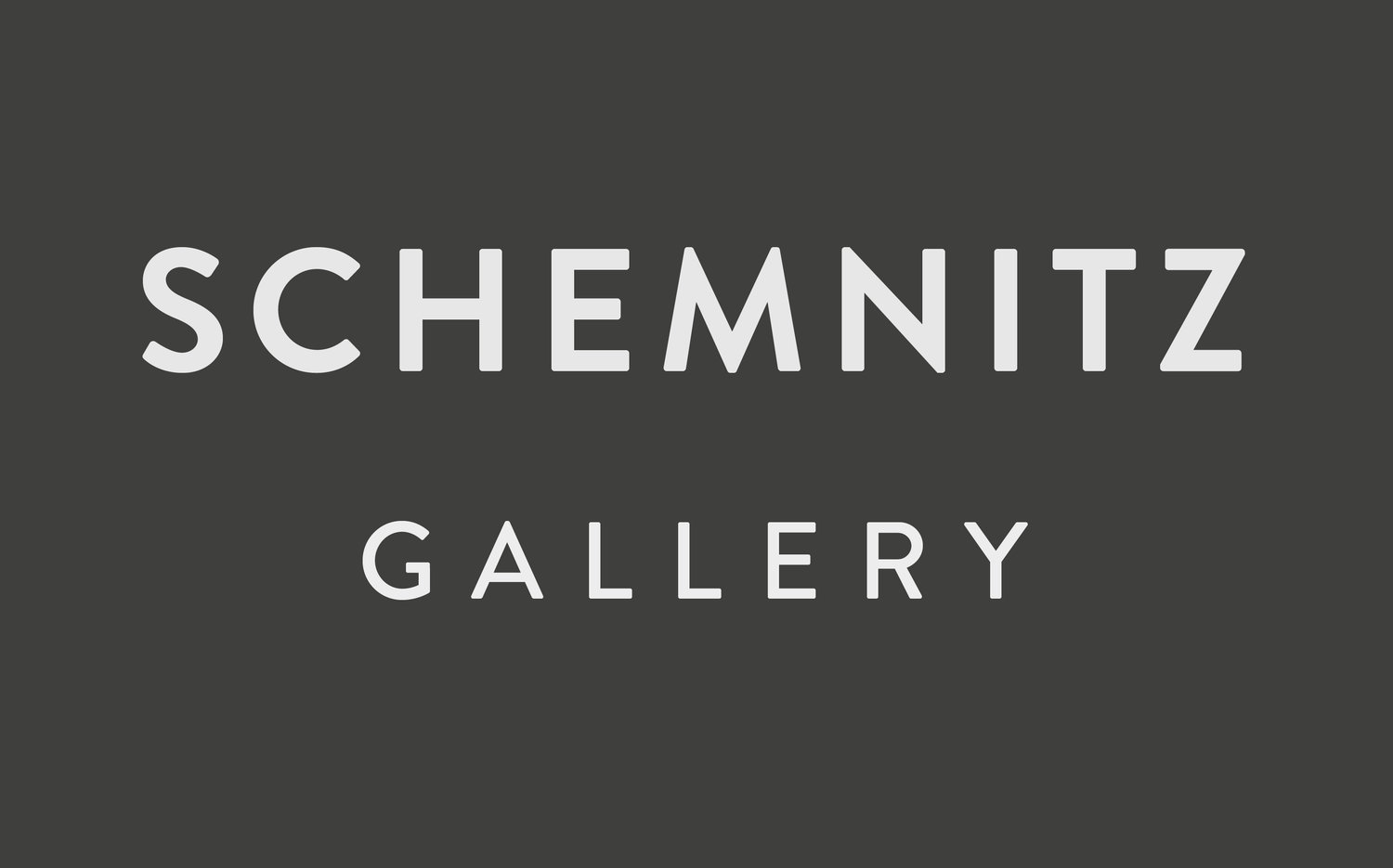Dávid Baffi
Lucero del alba
Kurátorka: Diana MAJDÁKOVÁ
Vernisáž: 16.1.2015 o 19:00 hod
Výstava: 16.1.2015 - 2.3.2015
Dávid Baffi (1980) patrí v rámci aktuálnej generácie mladých maliarov k ojedinelým tvorcom. Dlhodobo pomerne individualisticky skúma oblasť maliarskej abstrakcie, či skôr tvorby “čistých” obrazov. Predstavuje jedného z najvýraznejších autorov neformálnej skupiny maliarov okolo IV. ateliéru Ivana Csudaia na VŠVU.
Baffiho východiská sú konkrétne obrazy. Zaujímajú ho najmä premenlivé štruktúry hmoty, priestorovo aktívne vlastnosti farieb a modelovacie schopnosti svetla používané v médiu vymedzenom dvoma rozmermi. Každé gesto jeho tvorivého procesu je výsledkom racionálnej analýzy vykonávanej (aj) s podporou digitálnych médií.
I keď sa výsledkami približuje abstraktne expresionistickému prejavu, ako ho poznáme z histórie umenia 20. storočia, jeho stratégia je opakom spontánnosti či gestickej maľby. Konštruovanie svojich obrazov autor zakladá na dôkladne premyslenom budovaní vzťahov. Neustále hľadá momenty napätia vo vzájomnom pôsobení, deformáciách, rozklade a prestupovaní tvarov.
Každý z Baffiho obrazov má svoj pôvod v konkrétnom vizuálnom zážitku (často v krajinárskom motíve), ktorý je následne modifikovaný prostredníctvom počítačovej grafiky a následne (i niekoľkonásobne) upravený autorským zásahom pri prenášaní na plátno.
Baffiho kompozície sa dajú nazvať “choreografiami” iluzívnych pohybov, ktoré vedú k silnému a v istom mometne vypointovanému vizuálnemu efektu prelínania a prerastania rovín na ploche (väčšinou) veľkorozmerného plátna. Vnímateľ je vlastnosťami obrazu donútený k doslova pohybovým úkonom (opakovaným úklonom, odstupom, priblíženiu).
Názvy obrazov sú skôr mätúcimi slovnými hračkami, ako reálnymi návodmi čítania diel a postupne ich používanie zanecháva. Zámerne sa tak vyhýba významovým nadinterpretáciám, ku ktorým môže tradičná abstraktná či gestická maľba diváka chtiac-nechtiac zvádzať.
Diana Majdáková
Dávid Baffi (1980) is unique among the younger generation of Slovak painters. He has been long and quite individualistically exploring the field of abstraction in painting or, in other words, the creation of “pure” pictures. This has also made David one of the most distinct artists of the informal group of painters gathered around Ivan Csudai’s Atelier IV at the Academy of Fine Arts in Bratislava.
Baffi’s starting points are representational images of reality. He is mainly interested in the changeable structures of matter, in the spatially active features of colours, and the moulding qualities of light, all as can be expressed through a medium limited to two dimensions. Every single element of his creative process is a result of rational analysis, executed with the support of digital media. Although the results of his work appear close to those of abstract expressionist painting, as we know it from accounts of the history of 20th century art, his strategy is the opposite of spontaneity or action painting. David constructs his pictures on the basis of a thorough rethinking of how to build relationships within a picture. Then he looks for points of tension in interactions, deformations, disintegrations, and permeations of shapes.
As mentioned earlier, each of Baffi’s pictures has its origin in an actual visual experience (often with a landscape motif), which is then translated into a digital image, modified through computer graphics, and subsequently (sometimes several times) adjusted by the artist in the process of transferring it to canvas.
Baffi’s compositions can be called “choreographies” of illusionary movements which lead to a powerful and, at a certain point, punch-lined visual effect of permeating and overlapping planes in the space of a (usually) large-sized canvas. Due to his paintings’ characteristic features, they “choreograph” his viewers, too, as they are literally forced to move their bodies (repeated bows, stepping back, coming closer).
Also interesting are the names of his pictures, which are confusing puns, rather than aids instructing us in how to read these artworks; and he is gradually ceasing to use names at all. Quite intentionally, he thus avoids stimulating elevated interpretations that viewers can be willy-nilly tempted to make when seeing traditional abstract or action painting.















